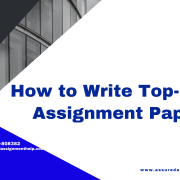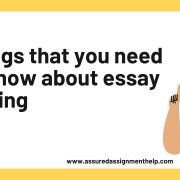Assignment Aims
Imagine that you are working as an Information Architect and that you have been approached by the Computer Science
Department at the University of Anytown to prepare a briefing document to help them with a proposed development project.
More specifically they would like you to propose an information architecture for an “ideal” information seeking environment for final year computing students.
2. Learning Outcomes:
• Appreciate the challenges associated with Linked Data with respect to data security, privacy, policies, rights and licensing
• Critically analyse a variety of digital tools, techniques and resources to gather, organise and process information.
3. . Assessment Brief
The Computer Science Department at the University of Anytown have conducted research into the information
seeking behaviour of their students using Summon. The results were a bit embarrassing. It seems their students are
not very sophisticated searchers. In response they want to design a bespoke Information Seeking Environment to
encourage independent learning based on a “students as researchers” model. In their evaluation they identified two
key problems: Summon does not make use of an ontology to help with “intelligent” searching and it does not support
distinct phases in Information Seeking – i.e. it doesn’t guide students through the process of searching from an
initially vague sense of some gap in their knowledge to satisfaction that they now fully understand a topic. They are
aware of the potential of ontologies because they recently developed an Information Systems ontology which they
believe could be incorporated into the new system.
You need to deliver a briefing document for management comprising two sections.
section One (65%)
A discussion of how a search tool might be designed to guide students through a phased approach to information seeking.
This section should include:
1. A PDF copy of your completed “Information Behaviour” Questionnaire. The answers you give are your own but you should assume that they represent the kind of responses that most students in your position would give. This means that you can use your completed questionnaire as a User Persona (15%).
2. Taking the completed questionnaire as a User Persona provide four suggestions of ways in which the Summon User Interface might be updated to provide better support for searchers like you (20%).
3. Three wireframes to give an initial idea of what the updated interface might look like (30%).
Section Two (35%)
A discussion of ways in which the Information Systems
Ontology might be incorporated into the proposed Information Seeking Environment. This section should include the following:
1. Illustrative examples of four ways in which the ontology could be used as part of the search tool (20%).
2. A discussion of three ways in which a “community of practice” approach to maintaining the Information Systems
Ontology might be established (15%)
4. Marking Scheme
Section One (65%)
There are 4 sections in the questionnaire (plus a 5th one with personal information which is not included). Depending on the level of completeness, Section 1 is worth up to 5%, Section 2 is worth up to 4%, Section 3 is worth up to 3% and Section 4 is worth up to 3%.
5% for each suggestion of improving Summon UI.
Suggestions will be marked according to their appropriateness in relation to the user persona created through the
questionnaire and their feasibility.
10% for each wireframe. Wireframes will be marked according to: purpose and how wireframe elements contribute to particular goals; layout, in terms of understandability and readability; ease of navigation.
Section Two (35%)
5% for each provided example of how the ontology can be used, marked according to appropriateness and feasibility of the provided use case.
5% for each provided way of maintaining the ontology through a community of practice, marked according to the
effectiveness and feasibility of the approach.










